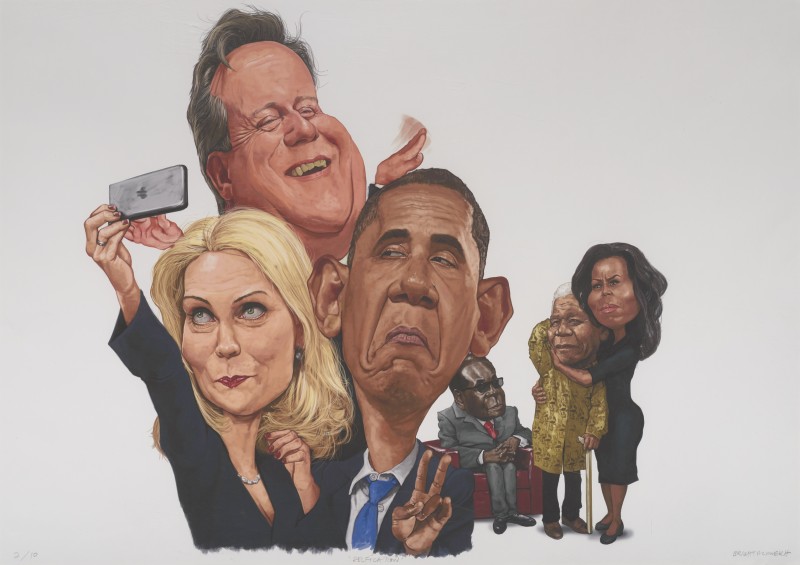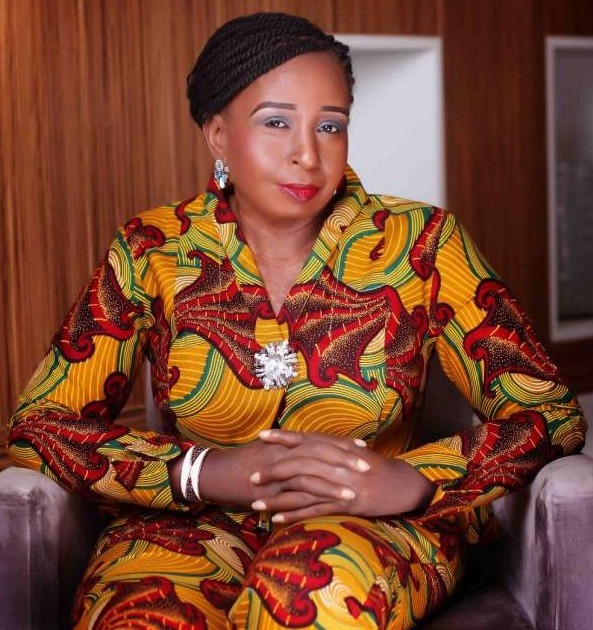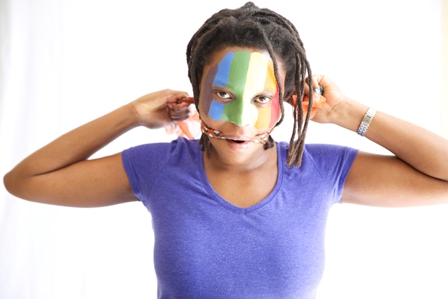By Abdi Ali
Published September 14, 2017
 A multi-sensory, interactive installation that investigates representations of women in African oral traditions has won the main award in an African art contest.
A multi-sensory, interactive installation that investigates representations of women in African oral traditions has won the main award in an African art contest.
Maral Bolouri, the Kenyan-born creator of the installation titled Mothers and Others that explores the power of proverbs by juxtaposing negative and positive depictions of women in cultural truisms, took the prize in the 32nd L’Atelier art awards in Johannesburg, South Africa.
Bolouri, who holds Bachelor’s (Fine Arts) and Master’s (International Contemporary Art and Design Practice) degrees, has participated in various group exhibitions in Kenya, the United States of America, Malaysia and Iran.
RELATED:World Book and Copyright Day to Focus on Africa
Mothers and Others, according to Bolouri who was born in 1982, “investigates representations of women in African oral traditions … by juxtaposing negative and positive depictions of women in cultural truisms. These adages overwhelmingly portray women as helpless imbeciles, except for when the sayings espouse women’s reproductive potential as mothers. Through three metaphorical structures, Mothers and Others draws the audience’s attention to the negative and positive proverbs, as well as to the proverbs we have yet to imagine. In one structure, handmade iron cowbells, representing the objectification of women and bearing examples of negative proverbs, hang from a giant stool. Underneath, a small altar holds the few positive proverbs about women, related almost exclusively to motherhood, surrounded by extinguished candles. The third – a blank board – invites the audience to contribute their own proverbs. The artist encourages the audience to interact with each structure.”
 Banele Khoza of South Africa took the Gerard Sekoto Award that is given to a “South African artist who has demonstrated continual improvement in the quality of their entry year-on-year in the L’Atelier.” Khoza won the award for Note Making, a piece comprising a series of digital drawings printed with an inkjet printer through which the artist questions representations of what it is to be male in South Africa and within the broader social context.
Banele Khoza of South Africa took the Gerard Sekoto Award that is given to a “South African artist who has demonstrated continual improvement in the quality of their entry year-on-year in the L’Atelier.” Khoza won the award for Note Making, a piece comprising a series of digital drawings printed with an inkjet printer through which the artist questions representations of what it is to be male in South Africa and within the broader social context.
Ghana’s Priscilla Kennedy picked up the first Merit Award for Untitled 2016, a piece which takes a jab at the social stereotype that women are tools of seduction.
South African Wilhelmina Nell was awarded the second Merit Award for No Evidence of a Struggle, a bronze, wax paper and wood work of a lunchbox with uneaten sandwich crusts representing the artist’s interpretation of sloth or the mark of a person unwilling to be proactive in their own personal success.
RELATED:Tribute to Kenyan Humour Legend Wahome Mutahi
Manyatsa Monyamane, another South African, scooped the third Merit Award for Koko Meikie, a photographic work which attempts to capture the timeless beauty and style of the South African youth of the 1970s, illustrating how these people define themselves 50 years later.
The Top 10 finalists in this year’s L’Atelier included Bright Ackwerh (Ghana, Selfication); Ciara Struwig (South Africa, Evidence); Dale Lawrence (South Africa, Making Work); Elias Njora (Kenya, Foot Print 4); and Oliver Mayhew (South Africa, Receipt Poem: Shop right).

Kenya’s Elias Njora says his work explores “how everyday human activity alters the appearance of physical spaces within which these activities are carried out. The interaction of people with their surroundings leaves behind marks that alter the appearance of these spaces over time. The resultant aesthetic is often a testament of time and histories, leaving us with hints of activities or the nature of people who may have used these spaces over time. Drawing inspiration from Nairobi, I interpret these marks/footprints as a collage of everyday human activity that takes place in the city. The process entails creating layers from photographs and paint, producing mixed media surfaces. The layers and marks represent the Foot Prints left behind.”
RELATED:Kenya Changes the Conversation on Climate Change through Film, Music, Theatre and Art
The artist who took part in the 2017 edition of L’Atelier Awards were ‘young and emerging artists’ from South Africa, Botswana, Ghana, Zambia, Kenya, Uganda, Tanzania, Mauritius, Seychelles and Mozambique.
 Paul Bayliss, Absa Art and Museum Curator, says the response from artists in these countries was very positive, demonstrating that up-and-coming African artists realise the value L’Atelier adds to their careers.
Paul Bayliss, Absa Art and Museum Curator, says the response from artists in these countries was very positive, demonstrating that up-and-coming African artists realise the value L’Atelier adds to their careers.
“It’s so encouraging to see Africa’s young artists making the most of the opportunities that are being created to support and help grow their careers. It’s important not only that artists take advantage of these opportunities, but that they put their best works forward when doing it. I’m proud to say that this year’s participants didn’t disappoint, and we were treated to exceptional quality works. This bodes well for the future of contemporary African visual art,” said Dr Bayliss.
RELATED:Artists in Residency Programme Picks ‘Extraordinarily Talented’ Africans
L’Atelier aims to help further winners’ careers by providing them with unparalleled industry opportunities. For the main and Gerard Sekoto award winners this includes a six-month and three-month art residency respectively at the Cité internationale des arts in Paris.
 The Gerard Sekoto Award is made possible through a partnership between Barclays, SANAVA, the Alliance Francaise of Southern Africa, the Institut Français Afrique du Sud and the French Embassy in South Africa.
The Gerard Sekoto Award is made possible through a partnership between Barclays, SANAVA, the Alliance Francaise of Southern Africa, the Institut Français Afrique du Sud and the French Embassy in South Africa.
Similarly, the first Merit Award prize comprises a three-month art residency at the Bag Factory in South Africa; the second Merit Award, a two-month art residency at the Sylt Foundation, on the island of Sylt in Germany, and the third Merit Award, a one-month art residency with the Ampersand Foundation in New York, USA.
RELATED:Africa Celebrates Sports, Tourism, Music and Movies
All Top 10 finalists are also placed on a two-day art professionalism course to assist them in managing their careers.
 Professional and self-taught young, emerging artists from these same 10 countries will once again be invited to maximise these valuable opportunities in the 2018 edition of the L’Atelier competition. Entries open in February 2018.
Professional and self-taught young, emerging artists from these same 10 countries will once again be invited to maximise these valuable opportunities in the 2018 edition of the L’Atelier competition. Entries open in February 2018.
Members of the public can view the Top 100 best artworks from the 2017 Absa L’Atelier at the official L’Atelier exhibition, running September 14-October 27, 2017 at the Absa Gallery in Johannesburg, South Africa.
The L’Atelier art awards is the initiative of sponsors Barclays Africa in collaboration with South African National Association for the Visual Arts (SANAVA).





